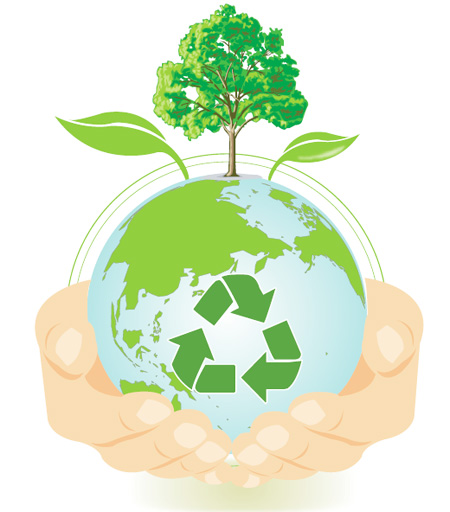Companies anxious about detrimental impact of products are now coming up with “Green” array of product for customers. Vicky Kim, a mother of 18-month old and a working woman stopped for a while ahead of counter to outline a range of disposable or throwaway diapers available in two category, one with eco-friendly labels and other an ordinary one. Eco-friendly diapers were quite expensive and out of the reach of common people whereas ordinary pack was affordable. After a thorough evaluation, Vicky chose the pack with eco-friendly label for the simple reason that she fins product with eco-friendly label better for the skin of her baby.
Few days back, a 38 years old official named Jang Tae-Hyun working in Seoul purchased a brand new car. From all the fancy motors, Jang considered procuring a car with top-grade fuel-efficiency rating and finally settled on a vehicle certified by Korean government. However, vehicles with high-grade certification are quite expensive and pricey in contrast to vehicles with low-grade rating. But, eco-friendly vehicles are more cost-effective in long run, as they proffer better mileage and enduring capacity.
Right now, a huge number of people are looking forward to environmental-friendly approach and are now more concerned for their surrounding and climatic conditions. This is the leading cause why companies are giving utmost priority to product quality and very prompt in their selection. In addition to this, corporate sector is churning out a broad array of eco-friendly and green product not only to support consumers protect environment but also uplift their product line. According to the director of “Korea Electronic Association”, Kim Ki-jeong, the term “Eco friendly” is in itself a buzz for corporate sector and marketer. This is because majority of consumers are concerned about their environment and endeavour to protect the same.
[box_dark]Consumer’s Standpoint In View Of Eco-Friendly Product [/box_dark]
Vicky Kim revealed the fact that most of the customers are ready to bear the expenses of pricey green products. Moreover, consumers do not hang back when it comes to functionality and durability of product that you rarely find regular items. To stay abreast of evolving trends, most of the manufacturers are introducing a broad array of green products that ranges from household goods to modern appliances like detergent free washing machine, vacuum cleaners, energy-efficient heating equipment and many more equipment that uses energy-saving motors that are unleashed on the top of domestic market.
In past few years, commercial feasibility of green products is brought into notice with a certain level of scepticism regardless of their popularity. But now, green products have evolved as an item that keep great commercial value for manifold reasons in the array of Korean companies. Additionally, growing popularity of eco-friendly products in the market has contributed a lot in improving the value of selling points among exporters. Some of the leading importers of Korea made products have certain regulations that require imported goods to be manufactured great energy-efficiency and eco friendliness. Bearing this in mind, number of Korean firms count on exporters and these changes can never be ignored.
[box_dark]Role Of Corporate Sector [/box_dark]
At present, most of the business firms have an active yet challenging interest in green products. Eco-friendly goods play a decisive role in maintaining the growth but cannot automatically bring commercial success. Above all, when eco-friendly products fall short to match quality as well as functionality of ordinary items, customers simply turn away from manufacturer. Ha Joo-Hyun, researcher at “Samsung Economic Research Institute”, mentioned in a report that there are number of dilemmas from which company has to undergo to bring about a thriving strategy for green products. Ha Joo-Hyun also highlighted three leading challenges faced by a firm including difficulty in supplying differentiated products, high cost of production and restricted market demand.





